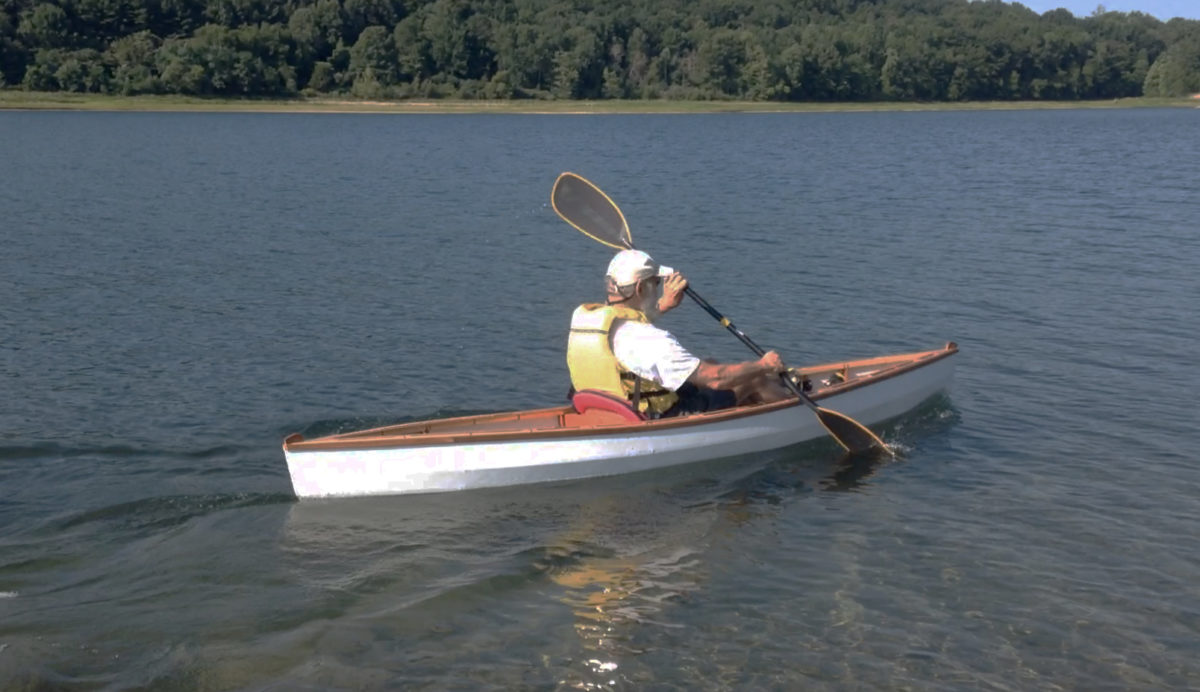
March 2017
A Norwegian Tiller Keeper
Hands-off steering for push-pull tillers

March 2017
Hands-off steering for push-pull tillers

March 2017
A satellite messenger from DeLorme

March 2017
Small, lightweight outboards

March 2017
A Redwing 18

Small Boats Annual 2018February 2017
Joel White’s classic

Small Boats Annual 2018February 2017
Cottrell's 10' Whitehall

February 2017
A grand gift

February 2017
Propulsion where motors, oars, and paddles fail

February 2017
Quick, accurate edge-gluing

February 2017
A saw for the out-of-doors

February 2017
A sail-and-oar cruiser

January 2017
A Jericho Bay Lobster Skiff

January 2017
Take a load on

January 2017
Warm Hands in Winter

January 2017
An Aid to Lamination

January 2017
A folding trimaran for the home builder

Small Boats Annual 2018January 2017
A classic in skin-on-frame

January 2017
A father-and-son circumnavigation

December 2016
Meteorology in your pocket

December 2016
Exped's versatile shelter garment

December 2016
Cruising France's Charente Maritime

Small Boats Annual 2018December 2016
Quiet power, stately pace

Small Boats Annual 2018December 2016
Simple rig, rewarding sailing

December 2016
A kit-built Savo 650

December 2016
A classy addition to a classic rig